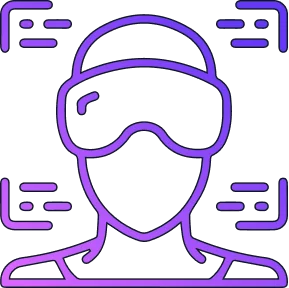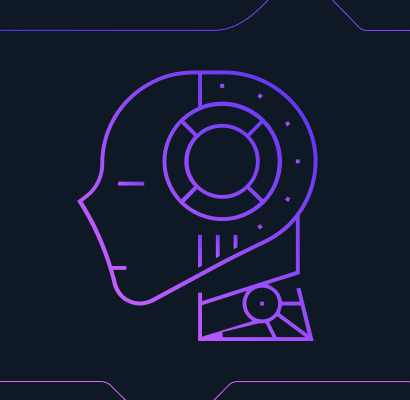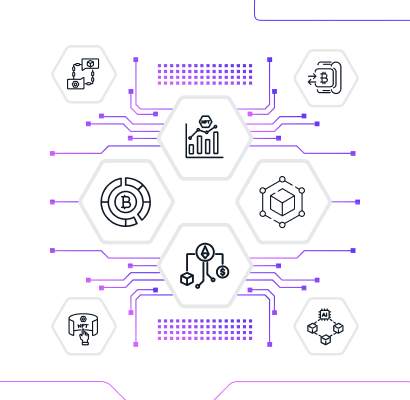

Zero UI: The Future of User Interface Design

Traditionally for a while, User interfaces are based on the idea of screens, buttons and other visual elements that a user can interact with by clicking, tapping, swiping etc. But as technology keeps moving forward, a whole new paradigm of UI has evolved and is quickly known to be Zero UI.
Zero UI involves almost no interface elements but instead uses the natural language of users such as audio, and gestures and the interface is honestly invisible to the user. Even though it’s a widely debated subject, zero UI is more natural and intuitive to the users as it’s the most natural method of communication i.e. communication via languages. It also involves almost no learning as it’s the most basic way to communicate. It is so easy that people with disabilities can also use it!
Several technologies are making Zero UI a reality. Voice recognition is one such technology. Voice recognition allows users to interact with devices by speaking to them. Other technologies include gesture recognition, eye tracking, and brain-computer interfaces. Even Apple’s newest Vision Pro is a hybrid of basic UI, Zero UI and spatial design all put together giving us a whole new experience.
Here are some examples of Zero UI in action:
- Amazon Echo: The Amazon Echo is a voice-activated speaker that allows users to control their smart home devices, play music, and get news and information.
- Apple CarPlay: Apple CarPlay is a system that allows users to control their iPhone’s apps and features through their car’s dashboard.
- Google Glass: Google Glass is a wearable device that allows users to interact with the world around them using voice commands and gestures.
- Tesla Autopilot: Tesla Autopilot is a self-driving system that allows Tesla cars to drive themselves on highways.
Why isn't Zero UI taking over the world now?
While Zero UI has many potential benefits, some challenges need to be addressed. One challenge is that Zero UI requires a high level of accuracy from the underlying technologies. For example, voice recognition needs to be able to understand the user’s commands perfectly, and gesture recognition needs to be able to track the user’s movements accurately.
Another challenge is that Zero UI can be difficult to design. It is important to create a UI that is intuitive and easy to use, even without any visual cues. This can be a challenge, as there are no established rules for designing Zero UI.
Despite these challenges, Zero UI has the potential to revolutionize the way we interact with technology. It is a promising new paradigm that has the potential to make our lives easier and more efficient.
Interested in Learning More About x-enabler Book a One-to-One Personalized Call



Leave a comment!